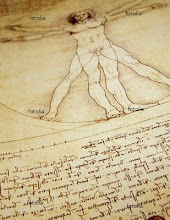
Wired glass was originally created for fire-resistance purposes. Later it quickly became adopted by designers that recognized its aestetic potential. Wired glass is produced in one continuos process. Chemically treated metal is pressed into a molten ribbon of glass with a thin, ridged roller until the netting is completely surrounded by glass after which it is allowed to hard. The metal must be an alloy of nickel and iron and have a compatible expansion capacity as the glass. Wired glass is available in either rough-cast or polished form.
Colour: Variable
Glossiness: Glossy, satin, matt
Translucence%: 80% - 100%
Texture: Sharp, medium, dull
Hardness: hard, soft, despressible
Temperature: warm, medium, cool
Odour: Strong, moderate, none
Acoustic opacity: good, moderate, poor















.jpg)
















